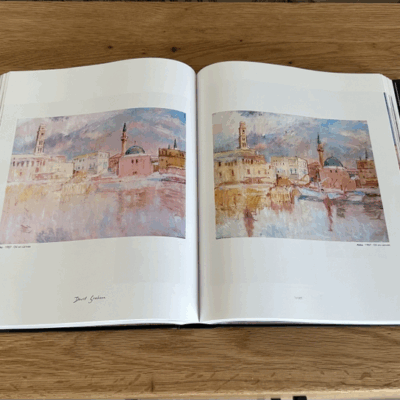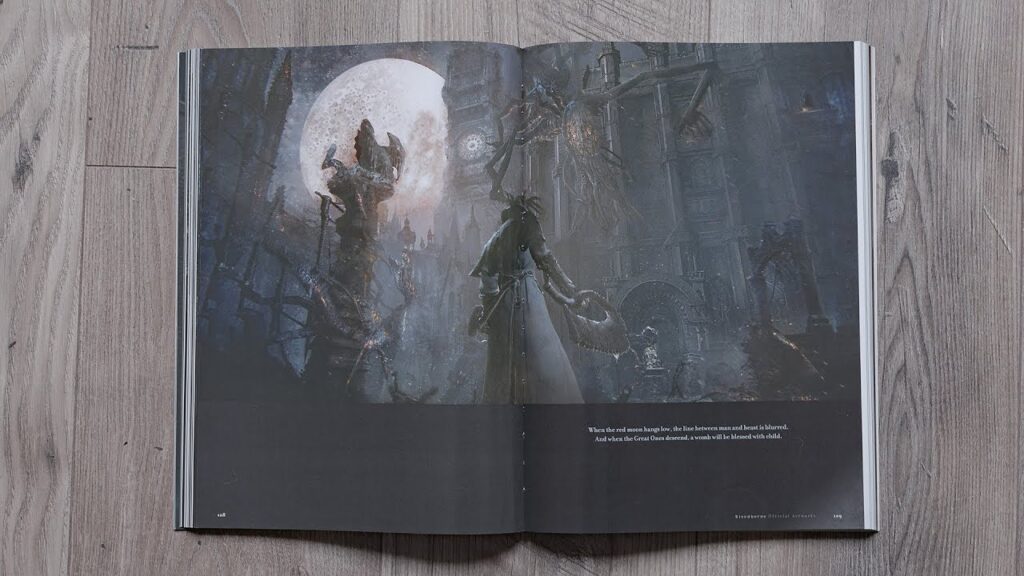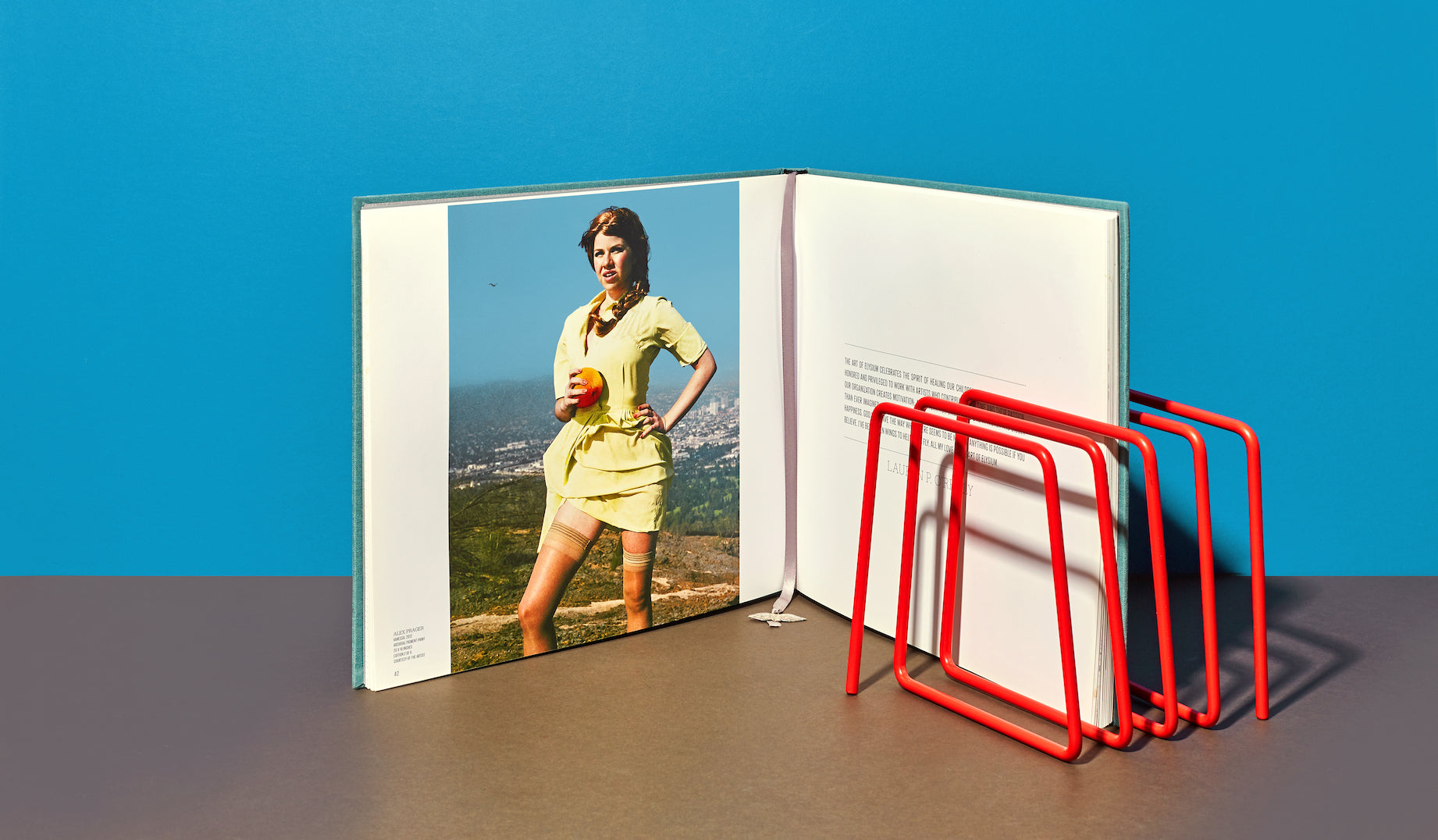Common Questions About Printing an art book Answered
Common Questions About Printing an art book Answered
Blog Article
Understanding the Refine Behind High-Quality Art Book Printing for Art Fanatics
When it comes to high-quality art book printing, recognizing the intricacies of the process can boost your appreciation for the final item. As you explore the different elements of art book printing, you'll reveal insights that could transform your point of view on art preservation and discussion.
The Relevance of Paper Choice in Art Book Printing
When it comes to art book printing, the selection of paper can make or damage the end product. You want your artwork to radiate, and the appropriate paper enhances color vibrancy and detail. Take into consideration factors like weight, appearance, and finish; these aspects significantly influence just how readers perceive your work.
For instance, a much heavier stock communicates quality and toughness, while a distinctive coating can include deepness to photos. Smooth paper is excellent for detailed reproductions, permitting great lines and refined tones to show up crisp.
Do not forget the paper's illumination; a brighter sheet can aid shades pop, making your art more appealing. You'll likewise want to think of how the paper communicates with inks and whether it can deal with the printing process without deforming or bleed-through. Eventually, choosing the ideal paper sets the stage for your art, ensuring it records the target market's interest just as you visualized.
Choosing the Right Inks for Dynamic Reproductions
Choosing the appropriate inks is equally as crucial as choosing quality paper to attain vivid recreations in your art book. When you're publishing art work, you desire shades that pop and properly stand for the original piece. Choose inks with a high pigment focus; these often tend to generate richer and a lot more saturated colors.
You may consider making use of archival inks, which stand up to fading gradually, guaranteeing your art book continues to be as striking as the day it was printed. If you're functioning with photographs or electronically created art, pigment-based inks can give a larger shade gamut, boosting information and depth.
Do not ignore the surface! Matte and shiny inks can considerably alter the appearance of your art work, so think concerning the look you're intending to achieve - art book. Eventually, the appropriate ink choice matches your paper option, creating a magnificent visual experience for your viewers
The Role of Color Monitoring in Print Quality
Color administration plays an essential function in attaining high print top quality for your art book. It guarantees that the shades you see on your display convert accurately to the printed web page. Without reliable shade management, your dynamic art work may show up dull or distorted, weakening your innovative vision.
To begin, adjust your monitor routinely. This step assists preserve regular shade depiction. Next off, use color profiles tailored for your printer and paper type. These profiles direct the printer in reproducing colors accurately, minimizing disparities in between electronic and published variations.
When you prepare your data, think about utilizing a color area like Adobe RGB or CMYK, depending upon your printer's specifications. Always evidence your job, as well; a test print can reveal any possible shade problems before the final run. By focusing on shade monitoring, you guard the honesty of your art, ensuring your audience experiences it as you intended.

Understanding Various Binding Techniques
Attaining the best look for your art book exceeds color monitoring; binding methods also play a considerable role in its total presentation and sturdiness. You have numerous choices to evaluate, each with its very own unique attributes.
If you're going for a specialist feel, situation binding supplies a strong choice with a tough cover, perfect for showcasing your art work. On the various other hand, ideal binding gives a flexible spinal column while maintaining costs down, making it a preferred option for softcover publications.
Spiral binding enables your art book to lay level, which is terrific for presenting learn this here now images without obstruction. Meanwhile, saddle stitching is suitable for smaller brochures, offering a tidy finish without the bulk.
Inevitably, the binding technique you choose must mirror your imaginative vision and how you want visitors to engage with your work. Make certain to weigh these choices meticulously to achieve the most effective result for your job.
The Influence of Publish Dimension and Format on Presentation
While the option of print dimension and design might appear second to web content, they greatly influence exactly how your art work is viewed. The measurements of your prints can either improve or reduce the effect of your pieces. Larger prints can attract visitors in, permitting them to value detailed information, while smaller sized layouts could call for even more intimate involvement.

Conservation Techniques for Durable Art Books
To assure your art books stand the examination of time, it's important to apply efficient conservation techniques. Use acid-free storage space boxes or protective sleeves to protect them from dirt and physical damage.
When managing your books, that site constantly clean your hands or wear cotton handwear covers to stay clear of oils and dust moving onto the pages. Prevent flexing or creasing the backs; rather, use book sustains when presenting them.
For added security, take into consideration investing in archival-quality materials for any type of repairs or enhancements. On a regular basis check your collection for indications of wear or damages, addressing issues immediately. By adhering to these simple techniques, you can ensure your art publications continue to be vibrant and available for several years ahead, preserving their charm and value for future generations.
Working together With Printers for Optimum Outcomes
When you're all set to publish your art book, picking the right printer is necessary to achieving your vision. Clear interaction concerning your expectations and needs will help guarantee that both you and the printer are on the same page. Allow's explore exactly how to make this partnership as seamless and efficient as possible.
Selecting the Right Printer

Effective Communication Approaches
Effective communication is crucial for turning your art book vision into truth, specifically when collaborating with printers. art book. Begin by plainly detailing your project's goals, consisting of layout components, preferred materials, and any type of details printing methods. Do not hesitate to share your motivations and references; this aids the printer comprehend your visual
Set up normal check-ins to go over development and deal with any type of inquiries. Use visuals, like mock-ups or samples, to share your concepts better. Be open to responses, as printers often have important insights that can enhance your project. Keep a favorable partnership by being considerate and pleased of their competence. This partnership will certainly assure that your art book fulfills your expectations and radiates in its final type.
Regularly Asked Concerns
What Prevail Mistakes to Avoid in Art Book Printing?
When publishing your art book, prevent common blunders like bad resolution pictures, inaccurate color accounts, and ignoring page format. Don't forget to check and verify details to validate your last product fulfills your assumptions.
Exactly How Does Digital Printing Differ From Traditional Printing Approaches?
Digital printing utilizes digital documents to create prints straight, enabling for quicker turnaround and modification. On the other hand, typical techniques involve physical plates, which can be taxing and much less flexible for little runs or unique layouts.
What Is the Common Turn-around Time for Art Book Printing?
The common turn-around time for art book printing varies, however you can expect it to take anywhere from a couple of weeks to several months. Aspects like complexity, amount, and printing method all influence this timeline.
Can I Publish a Limited Version Art Book Economically?
You can print a minimal edition art book economically by picking affordable products, optimizing print runs, and utilizing electronic printing choices. Cautious preparation and budgeting will aid you achieve high quality without spending too much.
What Are the Ecological Factors To Consider in Art Book Printing?
When thinking about art book printing, you need to think of eco-friendly materials, lasting inks, and energy-efficient procedures (art book). Picking regional printers can additionally decrease your carbon impact, making your task both gorgeous and ecologically liable
Report this page